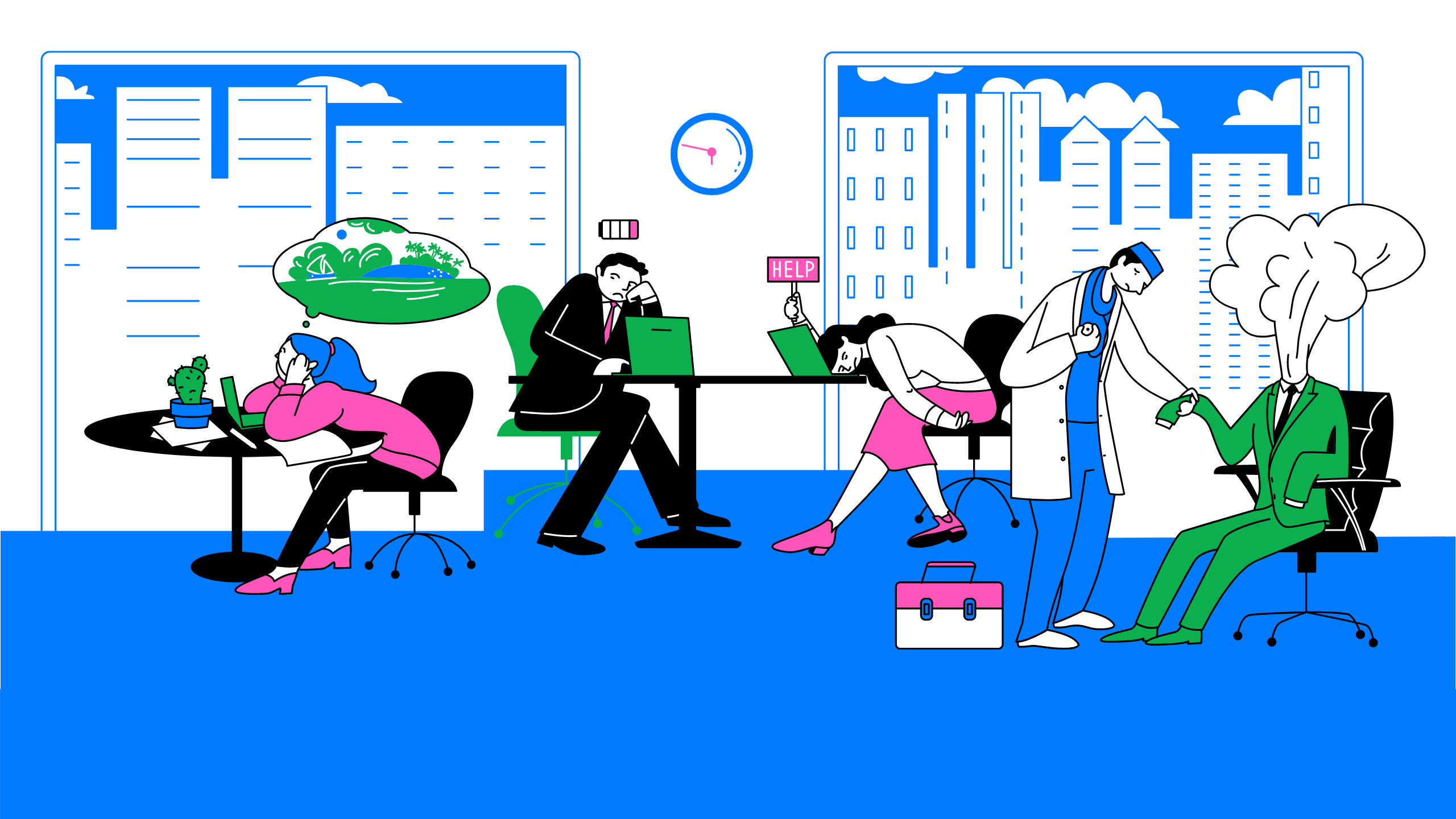An Overlooked Solution For 'Virtual Event Fatigue'
There are countless articles, tweets, and LinkedIn posts from marketers and others expounding upon the future of virtual events and conferences; how ...
by Jazmin Cano
Accessibility Product Manager
The COVID-19 pandemic is causing companies and organizations to transition many events, conferences, and experiences that originally were in-person to virtual ones.
Consider these statistics: 15 percent of adults in the U.S. are deaf or hard of hearing. More than 1 million people in the U.S. are blind, and almost 12 million have vision impairment. And while not everyone knows they have one, it is likely that more than 40 million Americans have a learning disability. 1 in 4 adults live with a disability.
Features first designed to aid people with disabilities often end up benefiting everyone. It may seem funny to compare a physical, real world example to virtual technology, but consider this scenario for a moment. Curb cuts were originally designed for people in wheelchairs, and we see the benefit extend to people pushing strollers, shopping carts, and people on skates. Curb cuts made a better experience for many — this accessibility example we see in our cities helps more people than it was originally designed for. Check out this article for more information on the “curb cut effect” and statistics about accessible design (for instance, a large nationwide survey found that almost all students believe that using closed captions help).
High Fidelity’s low latency Spatial Audio API is designed to add high quality voice chat to any application. Although it was not first designed to assist folks who have disabilities as the above example, when we’ve tested our Spatial Audio with those who are blind and use screen readers, people have remarked that they are able to more easily navigate a virtual space because of the spatialization, and that the environment “mimicked real life”. Not only have people who are blind relayed this, though, but others as well: Spatial audio helps create a more immersive experience for everyone, especially during virtual events.
Andy Elmsley writes, “When the simulated world is perceptually convincing, you are said to feel spatially immersed, which directly affects your sense of presence. There are subtle nuances to this, including the scale and environmental cues of the world — such as sound.” He continues to explain why this is important for VR experiences: “The more immersed a user, the more engaged they’ll feel, and the less likely they are to experience cognitive dissonance between the real and simulated worlds. Well-implemented audio seamlessly blends into the experience and feels like the real thing.”
Consider Apple adding spatial audio to the AirPods Pro. “They’ve taken a step towards a more immersive AR environment. For games such as Niantic’s Pokémon Go, sounds can be placed in the player's environment to indicate where a Pokémon may be hiding. Taken a step further, the same technology could be used to place the voice used to give directions in a location within a three-dimensional space,” writes Charlie Fink.
One of High Fidelity’s values includes inclusivity — and that means we strive to build products that are maximally accessible, because they are tools to empower people — all people. This means for people with disabilities, different languages, at the lowest cost, and across the widest variety of devices.
We include accessibility in the early design stages before anything is built by reviewing designs and applying best practices for inclusivity. When our team has something ready for review, we conduct testing with people who use assistive technologies to get their feedback on our designs. We use Fable, an online testing platform that does just that. It is invaluable to incorporate the voices and expertise of people with disabilities in products during various stages of our product development. The awesome people at Fable help us co-design, test compatibility with different devices and environments, do in-depth QA sessions, and educate us about numerous assistive technologies out there.
The overall goal is to make the pipeline for making apps that use spatial audio accessible so developers who use assistive technologies don’t get blocked when it comes to using our API. For example, lack of keyboard accessibility would be a blocker to those who use assistive technologies that rely on using a keyboard. Not only is it important to ensure keyboard navigation works, but also, website pages should have proper labeling and descriptive links so people know what they’re clicking on in order to find the downloads they need.
It’s important that creators be diverse in order to diversify content and products available — imagine the possibilities of what could be built. Unfortunately, research shows that people with disabilities are less likely than other adults to have high confidence in their ability to navigate technology. Let’s work toward changing that.
Spatial audio is an exciting technology, but it is just one component of ensuring virtual events remain accessible. Virtual events may seem to be the ultimate in accessibility: Open your laptop, click on a meeting invite, and you’re there. It’s likely that a portion of your audience has a disability, so when planning your next virtual event, check out this article for additional tips to ensure that everyone in your audience can fully participate in the experience — and furthermore, remember from earlier: Making your events, apps, and technologies more accessible helps create a better experience for all.
With everyone’s unique perspective and life experience, the diversity of accessible products and virtual events will just continue to improve. To begin creating with High Fidelity’s Spatial Audio API, sign up for your free developer account below.
Related Article:

by Ashleigh Harris
Chief Marketing Officer
There are countless articles, tweets, and LinkedIn posts from marketers and others expounding upon the future of virtual events and conferences; how ...
Subscribe now to be first to know what we're working on next.
By subscribing, you agree to the High Fidelity Terms of Service